#bridge building
Text
youtube
#youtube#militarytraining#defense cooperation#Fort Magsaysay#military cooperation#Exercise Balikatan 24#military alliance#infrastructure development#international relations#Philippine military#joint exercises#US military#army#construction#Philippine soldiers#military engineering#military training#training exercises#teamwork#bridge building#military drills.#US soldiers
2 notes
·
View notes
Text
ok so a few posts ago I joked about making the most dangerous bridges known to mankind in order to save a few dollars, but wtf is going on here

I am already using LITERAL TOOTHPICKS in order to save money, and yet there are people who have saved multiple thousands more than me??? HOW!?!?

like, this part is being held up by two toothpicks that WOBBLE DANGEROUSLY and yet others have saved THOUSANDS more
2 notes
·
View notes
Photo

September 2nd 1834 saw the death of Sir Thomas Telford, the pioneering engineer, road, bridge and canal builder.
Telford was the Scotsman who laid the foundations of industrial Britain, the Colossus of Roads, the godfather of civil engineering, Thomas Telford even had a town named after him, albeit an English one!
Born at Glendinning, Westerkirk, Dumfriesshire, on 9 August 1757, Thomas Telford never knew his shepherd father. He dies four months after the boy is born. His single mother can’t afford to raise him so relatives do. But such is Thomas’s vitality that he’s soon known as ‘Laughing Tam’.
Thomas leaves school and aged 14, he apprentices to a stonemason. He helps build new roads and a farmhouse on the estate of a local duke. Despite the nature of his day job, with its intensive long hours, Thomas studies at night to learn all there is about construction. By 25, he’s worked in Edinburgh and is off to London. He meets with two Scottish architects, one of whom, Sir William Chambers is building Somerset House. Telford secures work there.
And so began his long career seeing him build everything from canals to bridges, roads to harbours, Thomas Telford – the first President of the Institution of Civil Engineers – worked or advised on hundreds of important civil engineering projects in his lifetime .His expertise was so renowned that people from all over the world – including the Swedish and Russian governments – consulted him for their major civil engineering projects.
Telford’s most famous canal works include the 60-mile Caledonian Canal (1804-1822) and Ellesmere Canal.
In the Highlands of Scotland, Telford was responsible or about 1,200 miles of new or improved roads.
His main achievements in road-making were the London to Holyhead and Bangor to Chester roads. The road in North Wales has been designated a ‘Historic Route’.
Bridges also played a large part in Telford’s career, with the Menai wrought iron suspension bridge over the Menai Straits in Wales being one of his most famous designs.With an unprecedented span of nearly 580ft, it was considered the most outstanding bridge development of the early 19th century.
In 1783, he first started working for William Pulteney, the first Earl of Bath and MP for Shrewsbury, restoring Sudborough Rectory in Northamptonshire.
Pulteney was a strong influence on Telford’s career, and helped establish him as an engineer.
Telford worked on a number of infrastructure projects in Shropshire after being invited there by Pulteney to restore Shrewsbury Castle in 1786.
He worked on local church restorations, private houses, improved streets and drainage.
After he restored the castle in a Gothic style, Telford lived in and practised as an architect from the castle.
When Pulteney became director of British Fisheries Society in 1790, Telford advised on the improvement of numerous harbours in northern Scotland. The largest was Pulteneytown at Wick.
He also helped spread the use of Roman cement in facing, pointing and brick-jointing mortars to stop water penetration.
The aluminous hydraulic cement, patented by James Parker, set to a “very considerable extent” in about 20 minutes.
Telford’s civil engineering career started to take off from 1793 when he was appointed as general agent, surveyor, engineer, architect and overlooker to the Ellesmere Canal. The standout structure on the canal is the Pontcysyllte cast iron aqueduct over the Dee.
In terms of road construction, Telford’s roads were well-drained and had a hand-pitched stone foundation under a layer of conventional road metal.
Although they were more expensive to build, their higher quality meant that maintenance costs were lower.
Telford planned, built or advised on several thousand masonry bridges throughout his lifetime.
His first major bridge was over the Severn at Montford from 1790 to 1792, using convict labour.
Other infrastructure Telford worked on included drainage of the Fens in eastern England, the improvement of more than 100 harbours, docks or piers, and water supply schemes such as a piped supply to Liverpool from springs at Bootle.
Telford was invited by the King of Sweden to be the consulting engineer for the Trollhatte Canal’s eastwards extension to the Baltic at Soderkoping.
He was also consulted by the Russian government, and North American canal schemes.
For his achievements in civil engineering, Telford has been dubbed the ‘Colossus of Roads’ and ‘Pontifex Maximus’.
A liver problem, referred to as a “bilious derangement”, caused his death on this day 1834. He was buried in Westminster Abbey.
9 notes
·
View notes
Photo

“EXPLAINS STRIKE OF BRIDGE WORKERS,” Vancouver Sun. January 14, 1931. Page 20.
---
The Burrard Street Bridge strike was precipitated by refusal of the contractors, Hodgson, King & Marble with Dowson Wade & Co., to recognize a general principle allowing bridge workers to personally construct caissons in which they work, it was explained to the Board of Works yesterday by James Thompson, business agent for Pile Drivers, Bridge, Wharf and Dock Builders' Union.
The board thanked him for his version and instructed Ald. Richard Wilson to investigate his statement that non-residents of Vancouver are now employed on the structure. Ald. R. N. Fraser said he had heard the same report.
No engineer or safety official inspects caissons, Mr. Thompson said, justifying the men's attitude on the ground that they must protect themselves.
#vancouver#burrard street bridge#burrard inlet#bridge workers#bridge building#bridge builders#strike#on the waterfront#construction union#union demands#working class politics#working class struggle#great depression in canada
1 note
·
View note
Text
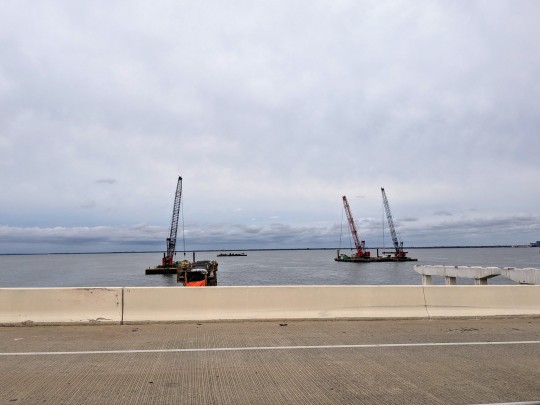

Bridge construction
Tampa, FL
April 2024
0 notes
Text
Costruire un ponte. Allenare lo spirito 6/Bridge Building. Spiritual Training 6
Costruire un ponte non è solo un modo per andare da una sponda all’altra di un fiume, raggiungere un’isola, collegare due vie. È mettere in contatto due parti, unire due opposti, aumentare le possibilità di conoscenza e di movimento. Costruire un ponte è anche un esperienza spirituale profonda che nell’antichità era riservata a pochi eletti, dotati di poteri magici e di conoscenze arcane.…
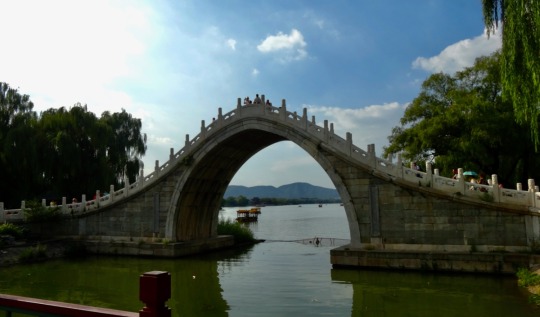
View On WordPress
#allenare lo spirito#bosnian bridge#bridge#bridge building#costruire ponti#drina bridge#passare ponte#ponte andric#ponte bosnia#ponte drina#ponte ottomano bosnia#ponte simbolo#ponti#pontifex#Spiritual training
0 notes
Text
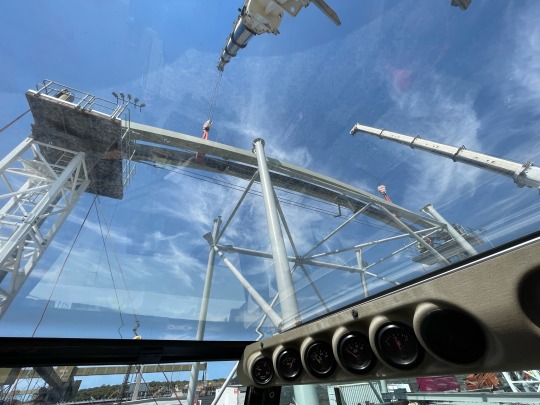
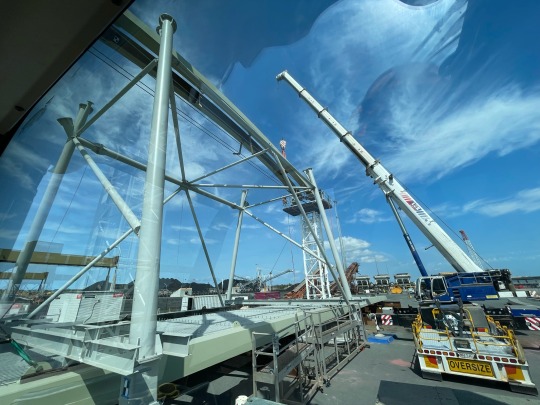

This is a lot of bridge for a few cyclists. And then the surveyor sets up right next to me to make digital images of the whole thing. I should have had a shave…..
0 notes
Text
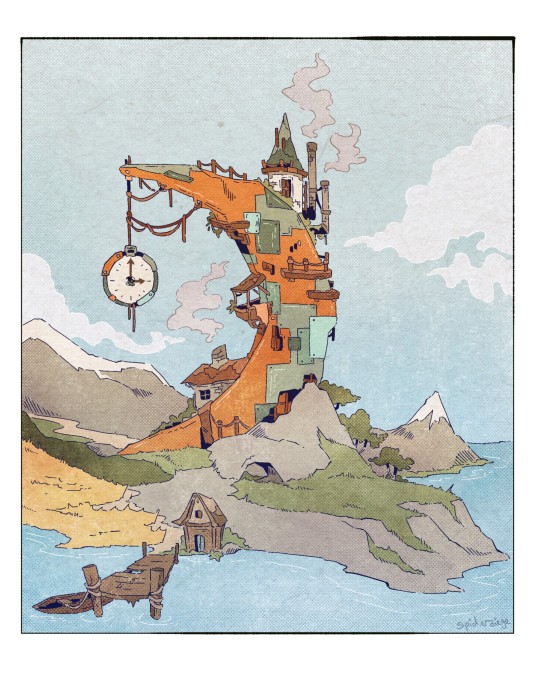

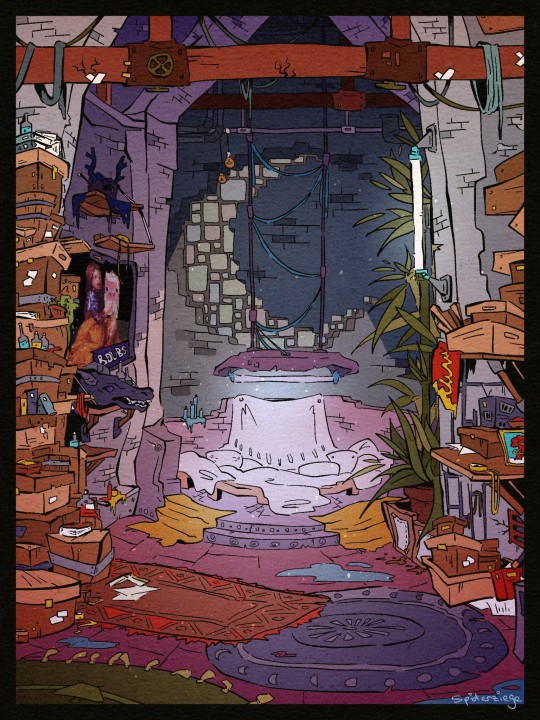
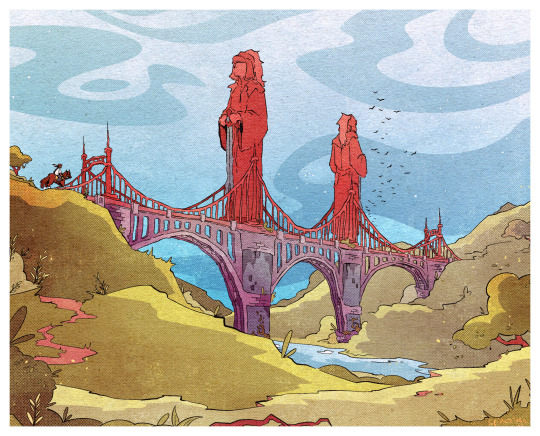


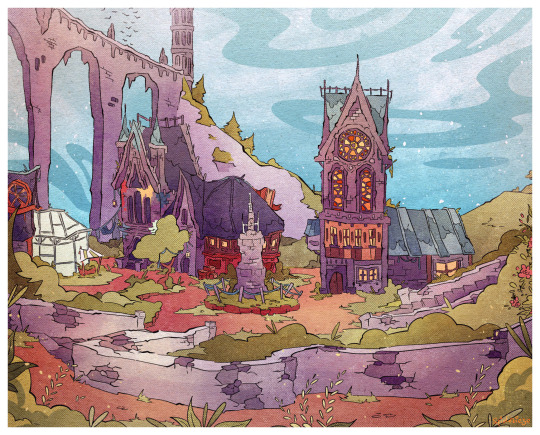

all bdubs builds ive drawn this year,,
#bdoubleo100#hermitcraft#building with bdoubleo#crimson brothers bridge & the moon throne room are probably my favorite drawings ive made so uuh. thanks for the inspiration bdubs#also i got this idea cause i saw some artists make those collections of every time theyve drawn a certain character#👍👍
2K notes
·
View notes
Text
youtube
Here's today's new upload to my YouTube channel! Taking a break from the intense games I've been playing lately like Watch Dogs and Until Dawn to play something a little more calming and relaxing in the form of Poly Bridge!
#YouTube#YouTube Gaming#Gaming#Gaming Video#Small YouTuber#Poly Bridge#Polybridge#Bridge Building Game#Bridge Building#Puzzle Game#Calm Game#Calming Game
0 notes
Text
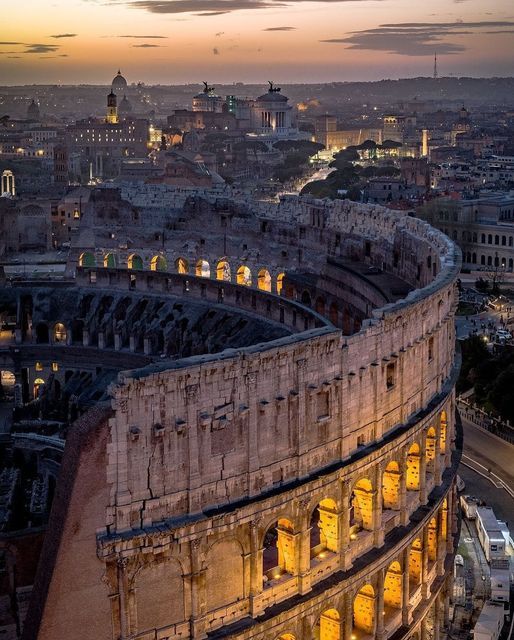
Rome, Italy 🇮🇹❤️
📍 Colosseo, Roma - Italia
#music#positive#beauty#ocean#italy#rome#village#falling in love#pizza tower#alton towers#eiffel tower#buildings#bridge#architecture#ruins
416 notes
·
View notes
Text

Been to Bad Vilbel on Sunday, it is a small spa town just north of Frankfurt, famous for its minerals springs and soda water.
This is pretty cool. This structure is a bridge over the river Nidda that also contains on the lowr floor a restaurant and, on the upper floor, the public library of the town.
0 notes
Text

so that backless dress huh? ❄️
#totk#tears of the kingdom#link#tloz#art#frostbite armor#mein art#I HAVE EMERGED ONLY TO GIVE YALL THIS AND IM BACK TO BUILDING SHITTY CARS AND BRIDGES GOODBYE
2K notes
·
View notes
Text
don't mind me I'm just making the most dangerous bridges known to mankind in order to save a few dollars
2 notes
·
View notes
Photo

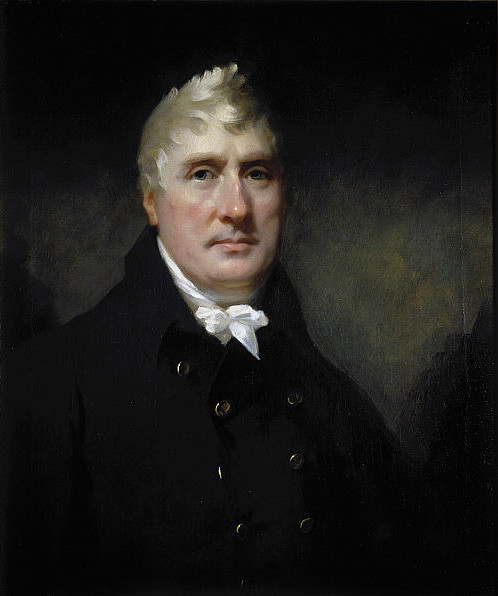


John Rennie the Elder was born on 7th June 1761
I think when we talk about our civil engineers Rennie sometimes gets overshadowed by the likes of Telford and the Stevensons, but Rennie’s work on canals, aqueducts, bridges and dockyards mark him as one of the greatest engineers of his age.
Rennie was the fourth son of a prosperous farmer on the Phantassie estate near the village of East Linton. He played truant from school to watch what went on at the local millwright’s workshop - run by the celebrated mechanic, Andrew Meikle, the inventor of the threshing machine - and began to work there when he was 12 years old, while continuing his education. He studied at Edinburgh University and then worked for the firm Boulton and Watt.
In 1791, Rennie moved to London and set up his own engineering business. His first works were canals, notably the Lancaster Canal, the Kennet & Avon Canal, and the Royal Military Canal, and also improving the drainage of the Norfolk fens.
Meanwhile Rennie also acquired experience as a bridge designer, using stone and cast iron to produce bridges with daringly wide arches. These included the Lune Aqueduct , Kelso Bridge , Waterloo Bridge, Southwark Bridge and London Bridge, which was completed to Rennie’s design by his son George after his death.
Rennie also worked on the development of docks and harbours for commercial purposes, including Grimsby, Leith and the London Docks . His largest projects were the civil engineering works required as the Royal Navy began to build the infrastructure, including Sheerness Dockyard and the great breakwater at Plymouth . Rennie was also commissioned to give advice on other novel maritime structures, notably steam-powered dredgers, diving bells and the famous Bell Rock lighthouse.
Rennie died, aged 60, after a short illness, at his house in Stamford Street, London, on 4th October 1821, and was buried in St. Paul’s Cathedral.
9 notes
·
View notes
Text

Brooklyn Bridge
#Brooklyn Bridge#Bridge#new york city#new-york#new york#newyork#nyc#ny#manhattan#urban#usa#city#United States#buildings#travel#journey#outdoors#street#architecture#visit-new-york.tumblr.com
700 notes
·
View notes
Text
📍Shanghai, China 🇨🇳
#video#paradise#view#explore#travel#trip#city#china#xangai#shanghai#buildings#bridges#cars#rush hour#city lights#lights#dark#night#music#vacation#landscape#visit#goals#modern architecture
256 notes
·
View notes